In Seoul, tuition for pre-schoolers is a norm
In South Korea’s capital Seoul, even pre-school children are not spared from the tuition mania that has gripped the country.
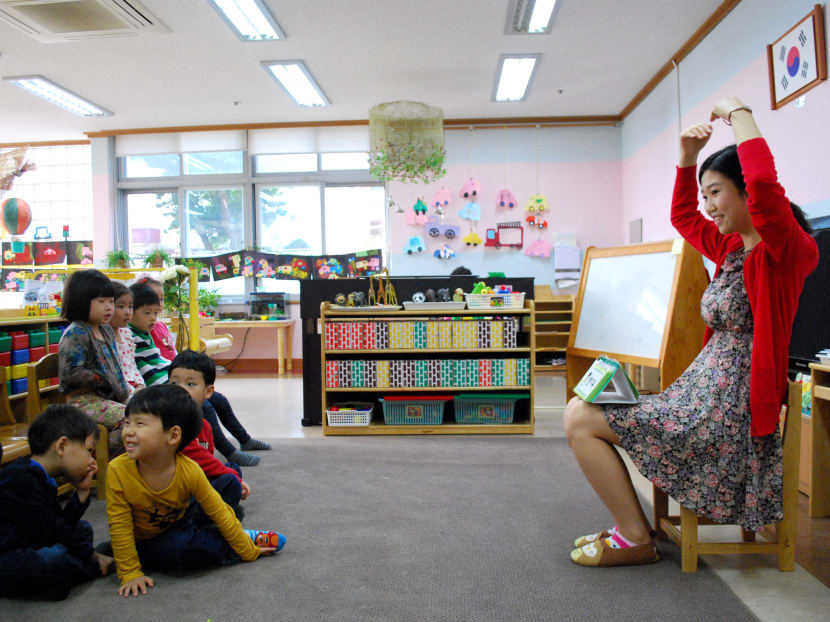
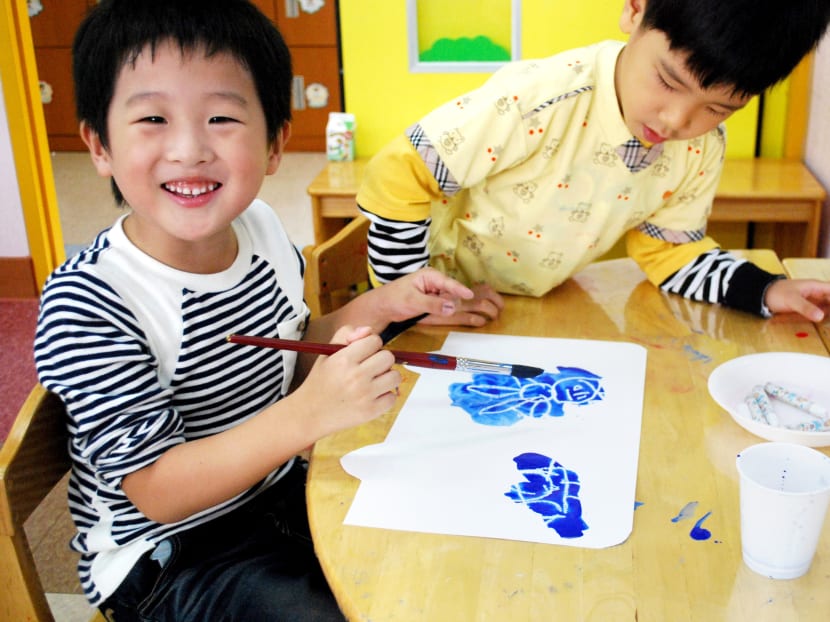
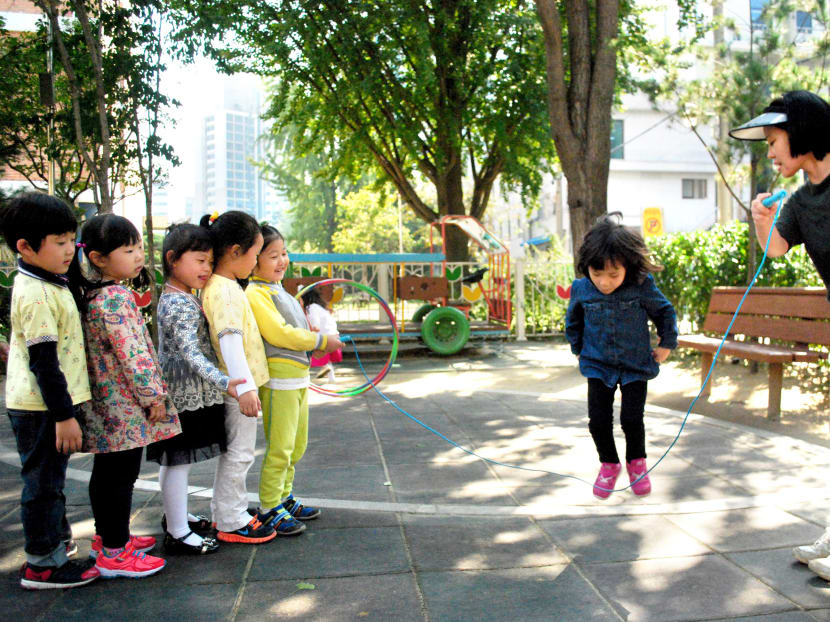
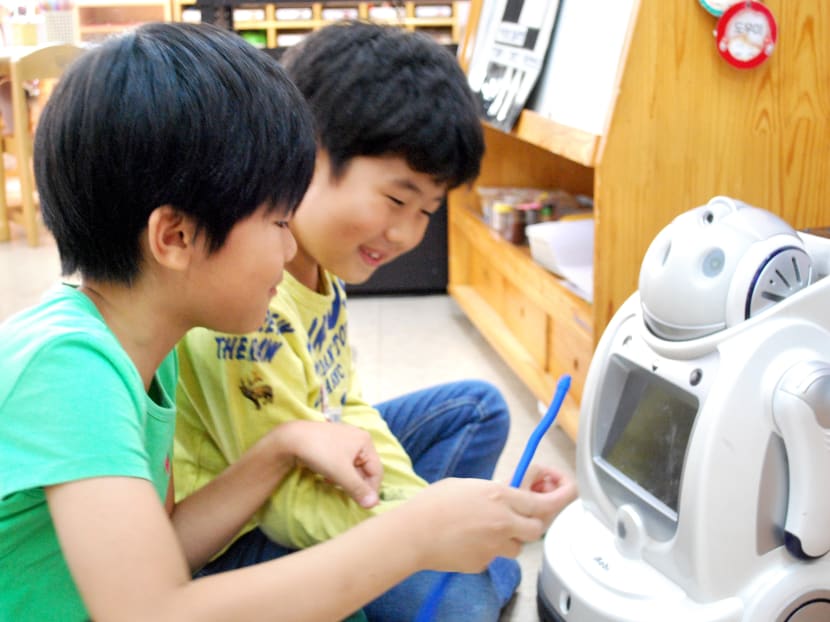
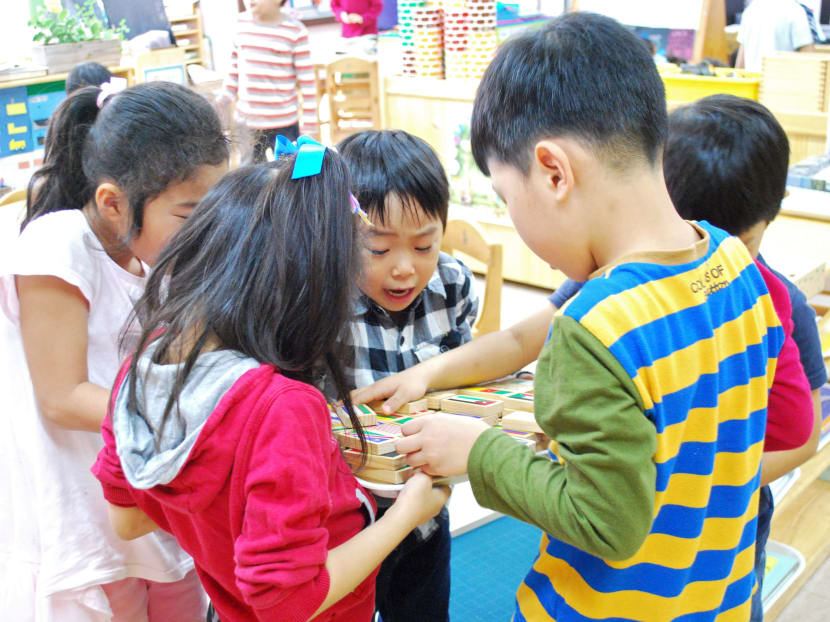
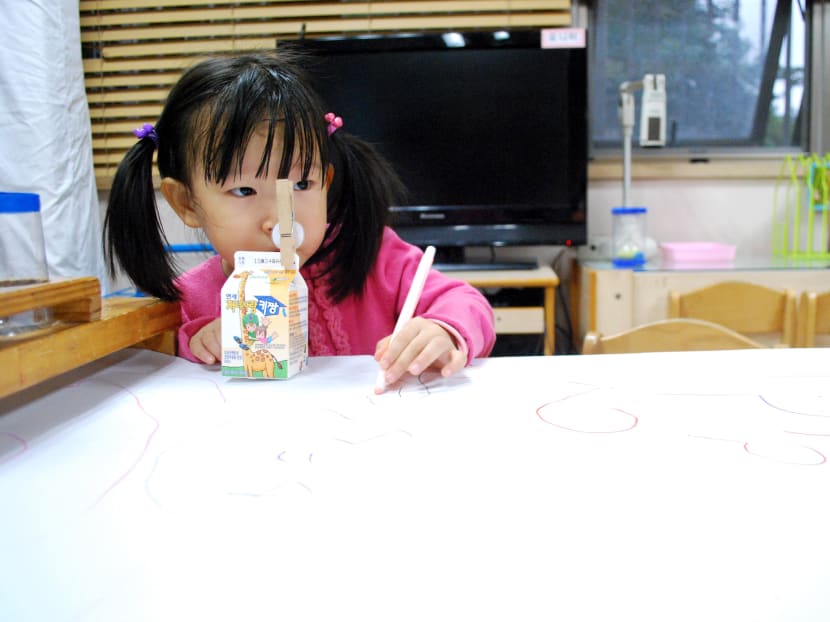
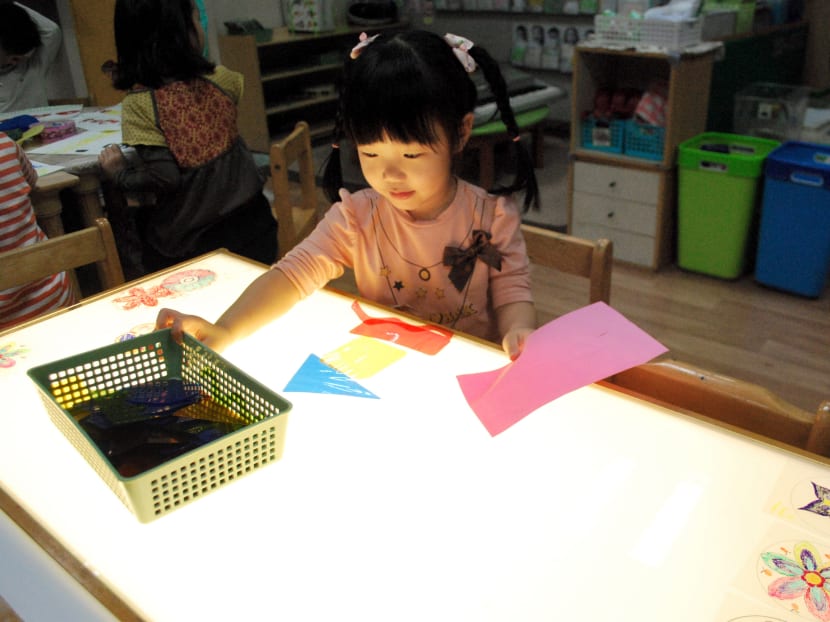
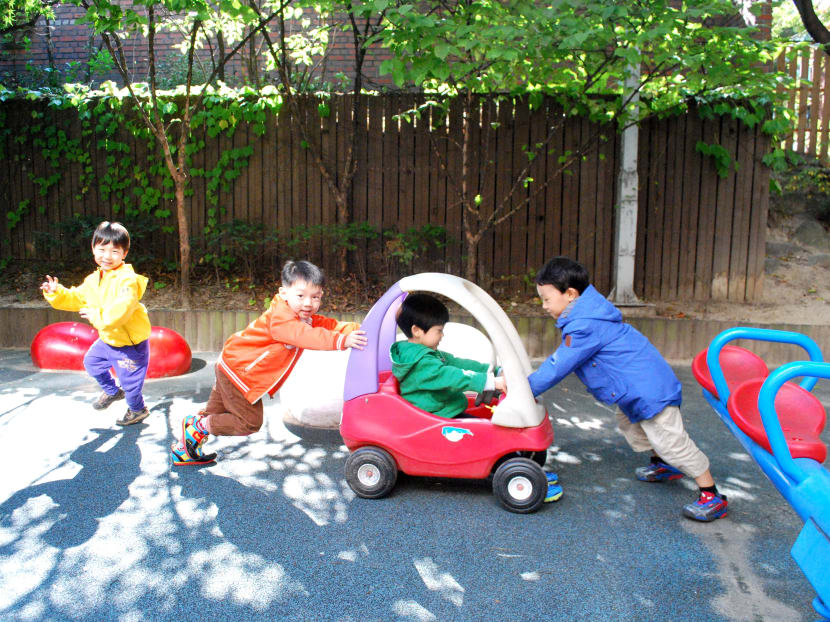
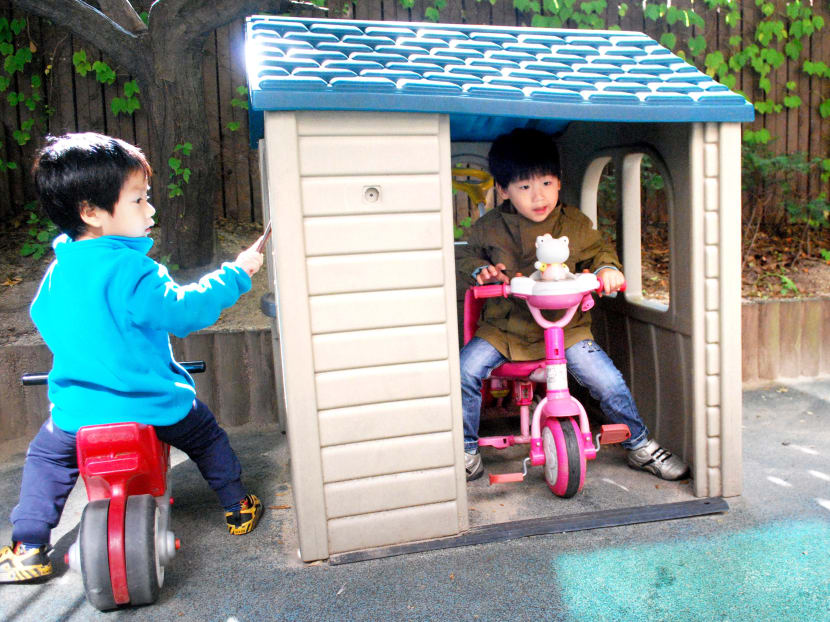
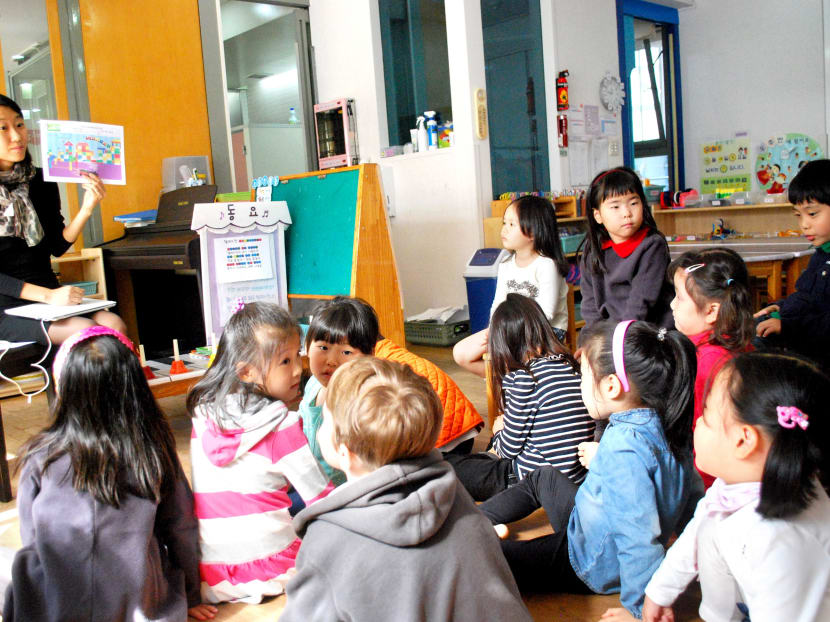
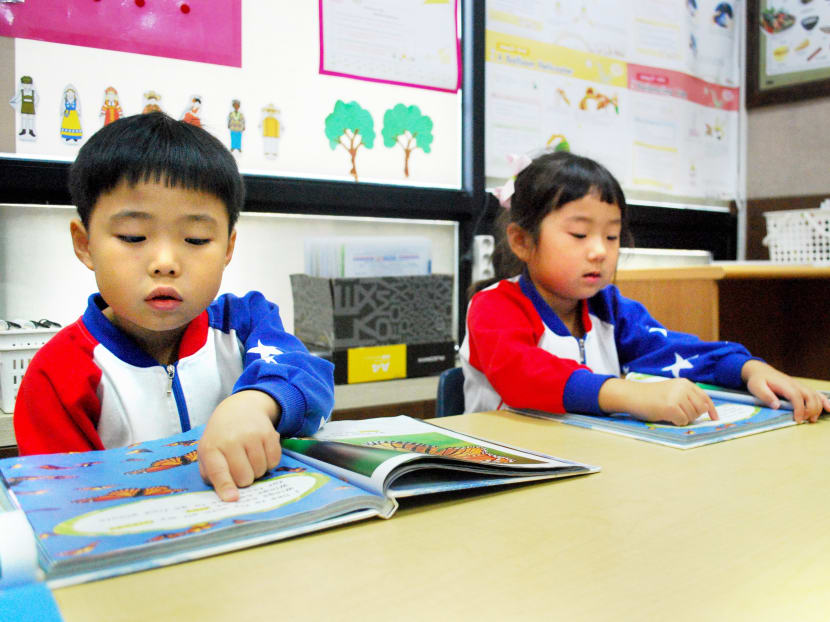

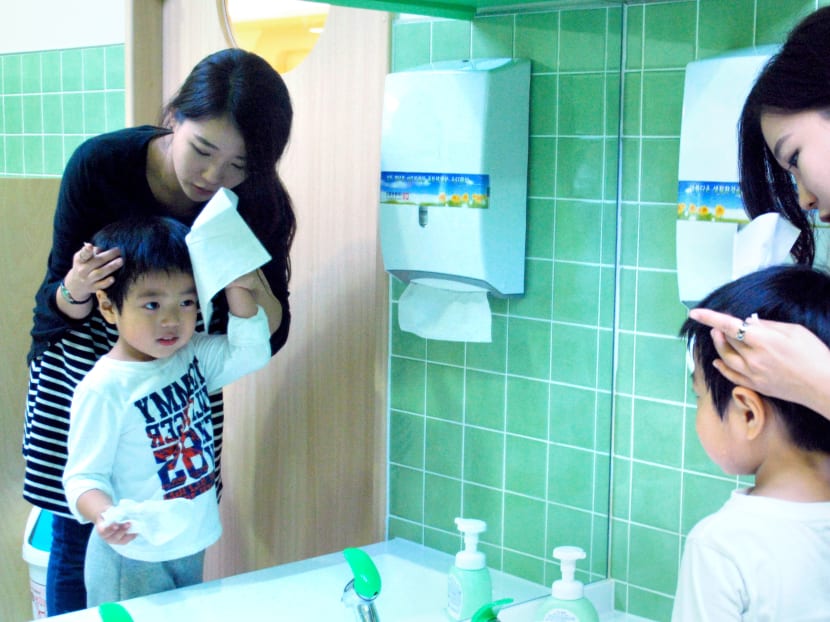
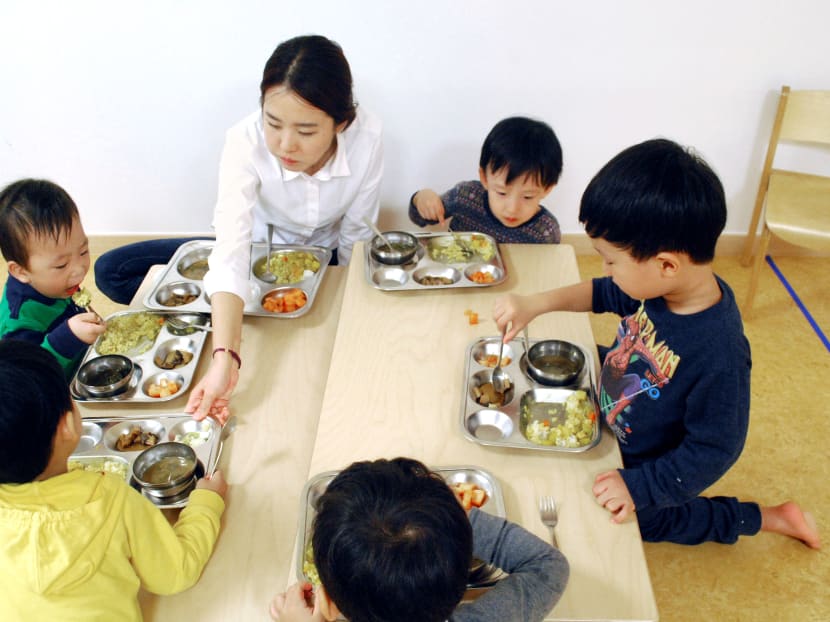
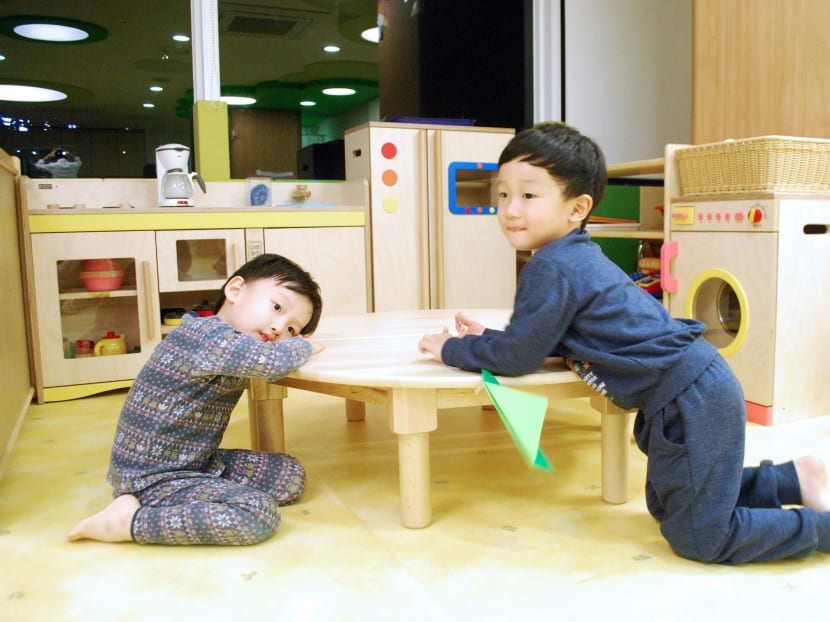
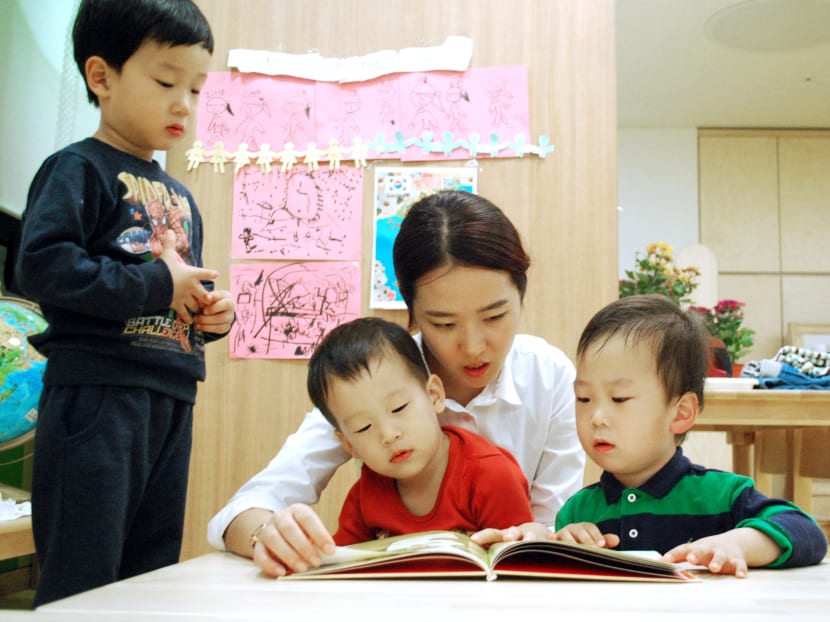
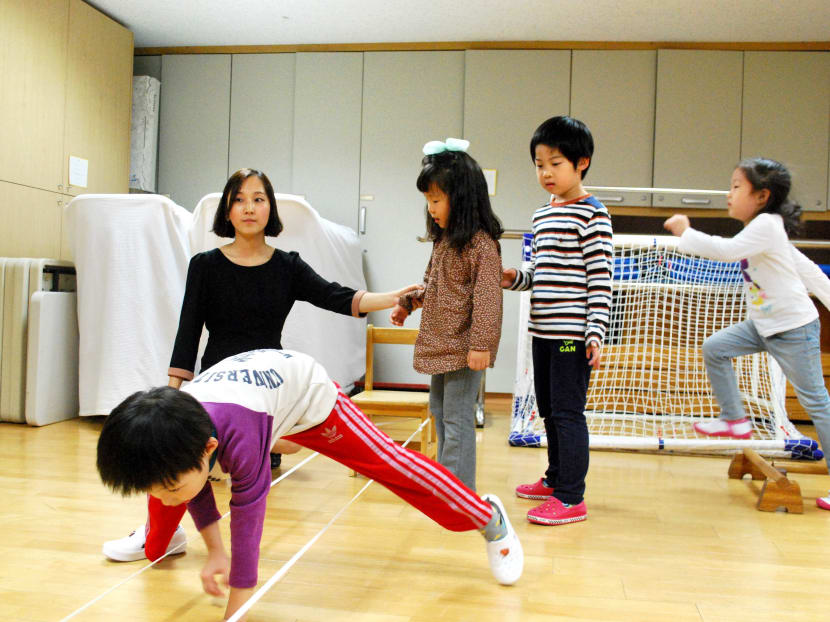
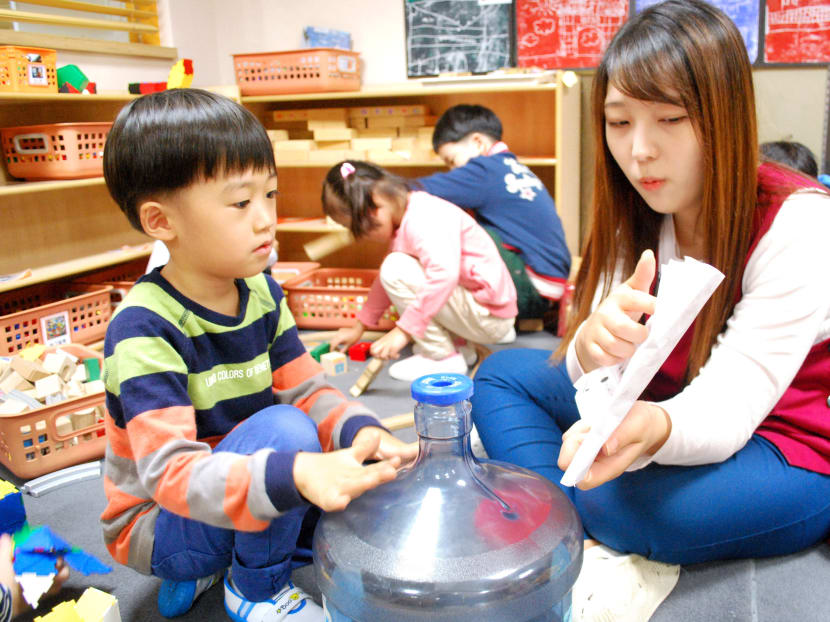
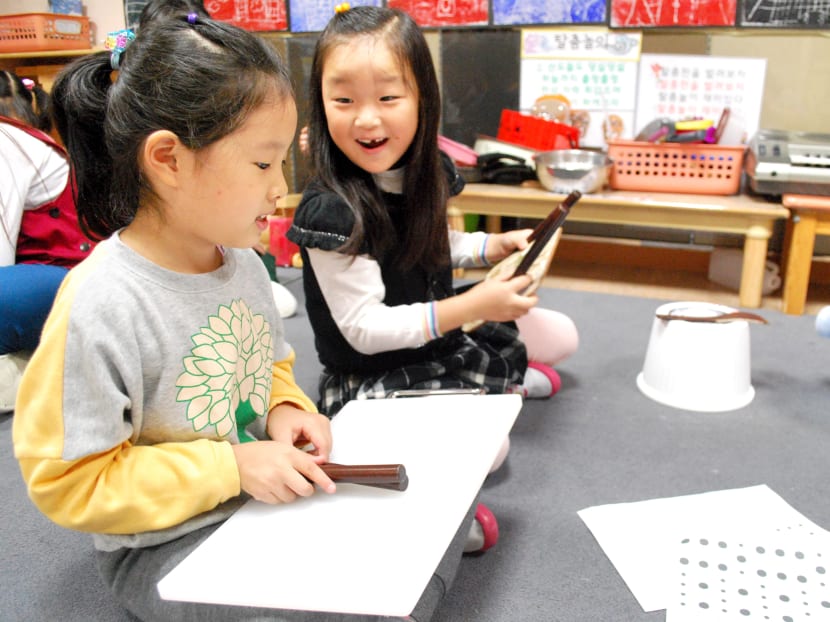
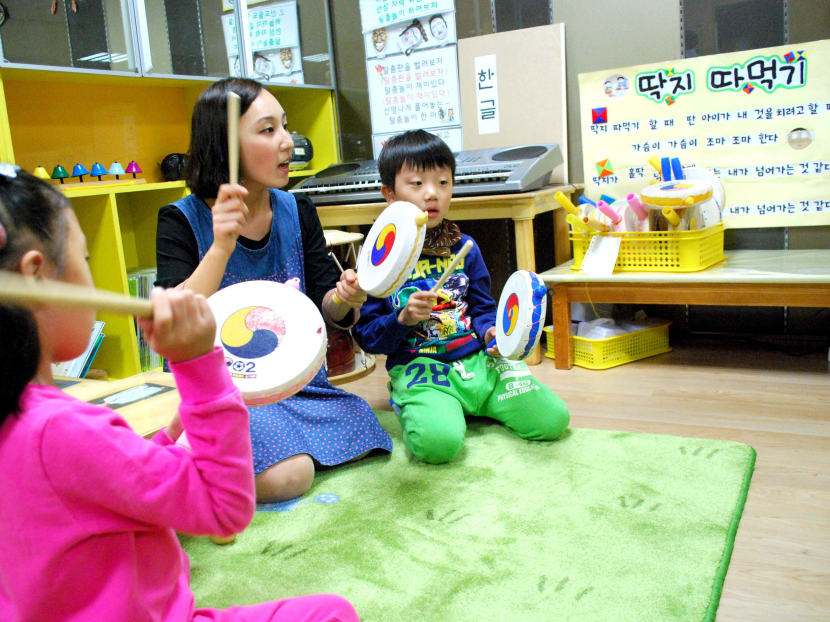
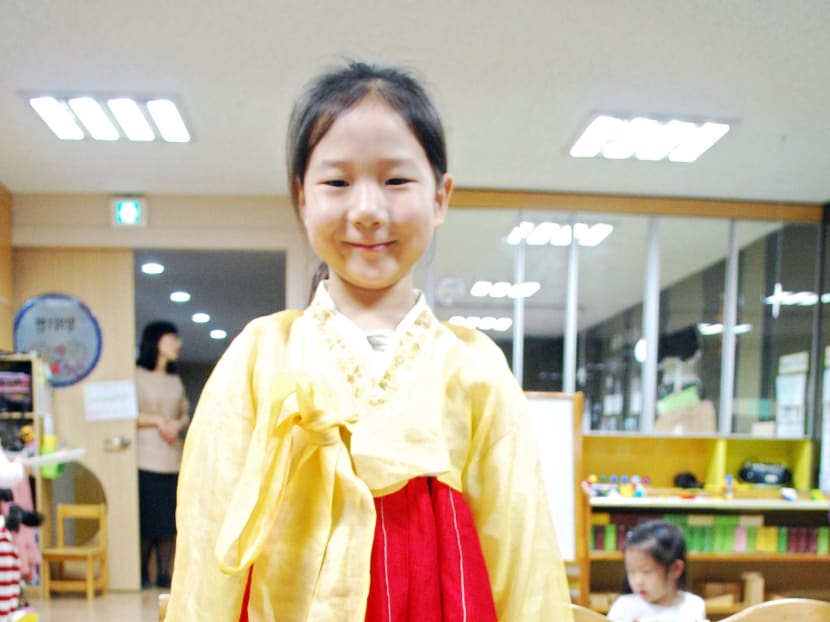
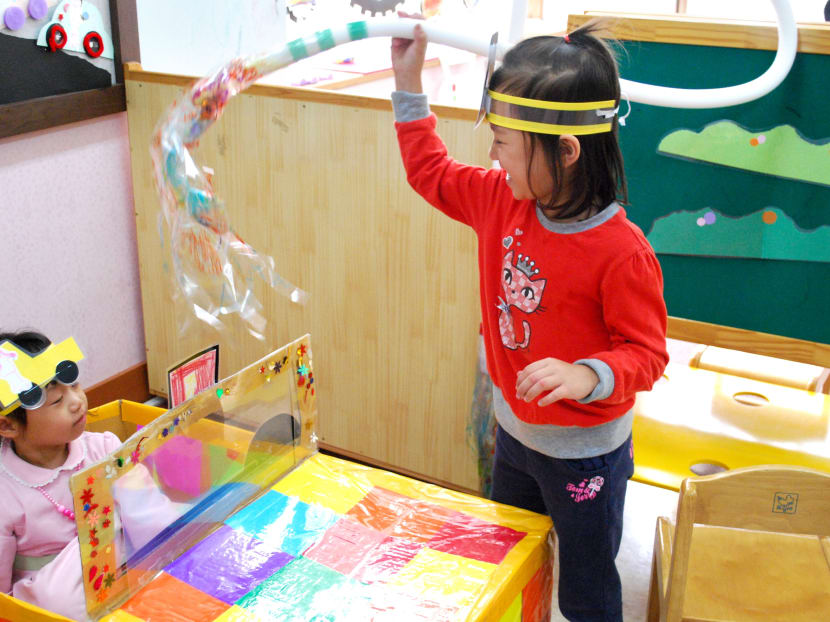
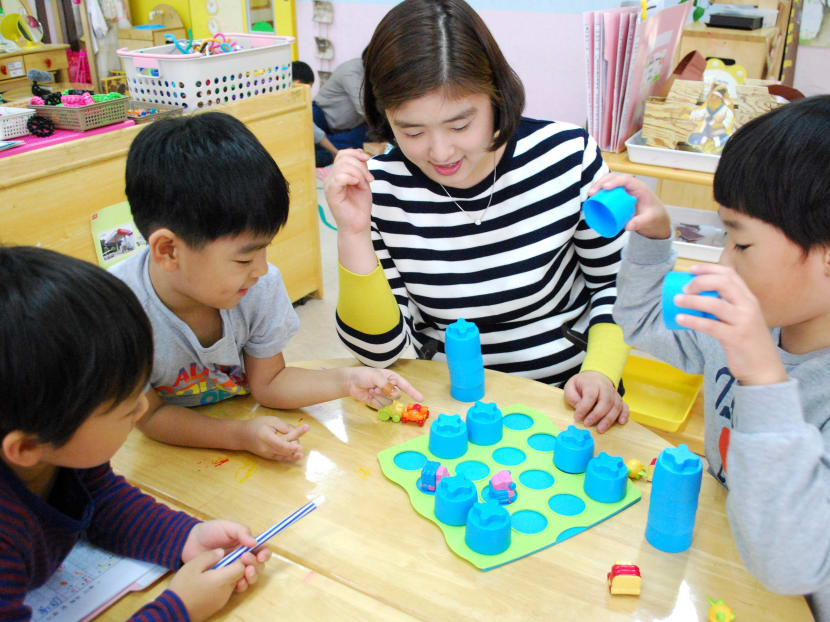
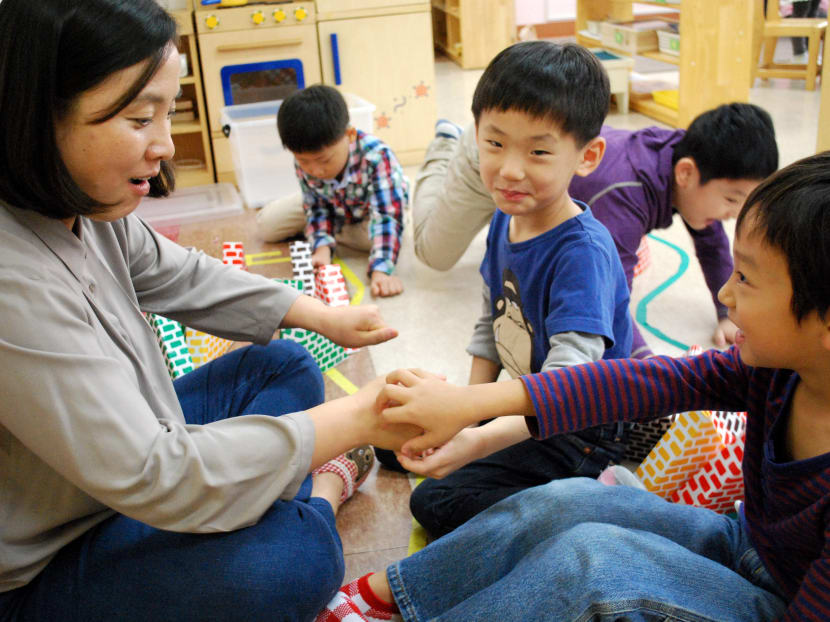
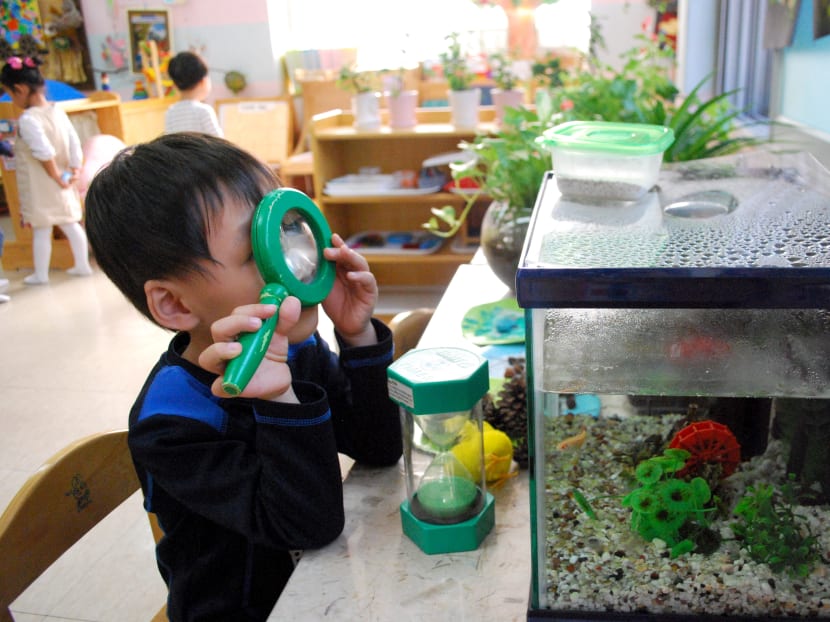
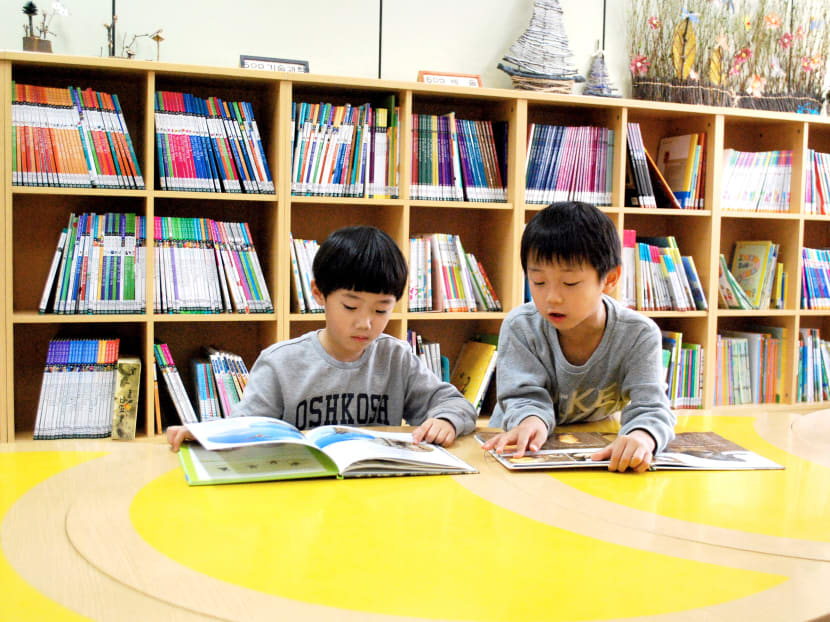
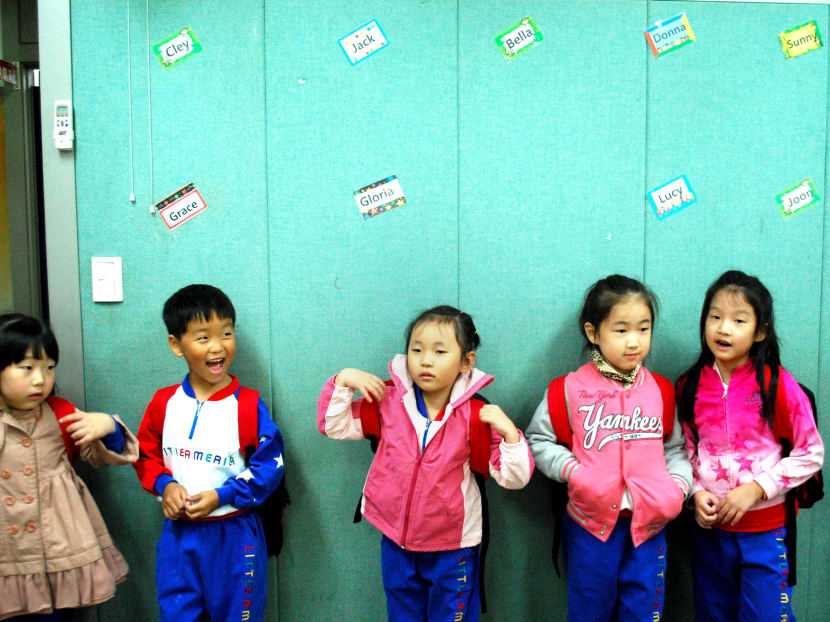
In South Korea’s capital Seoul, even pre-school children are not spared from the tuition mania that has gripped the country.
Despite the recent implementation earlier this year of an all-play curriculum, public kindergartens still conduct after-school lessons on English, Mathematics and physical education, with the government also offering subsidies for such classes.
Earlier, TODAY had examined the pre-school systems of Hong Kong and Shanghai as part of our special report on the sector in Asian cities.
In the third instalment, we focus on Seoul, which is seen as the standard-bearer for early childhood education among South Korean cities.
SEOUL — Madam Kim Ji Yung’s five-year-old daughter goes for free English, mathematics and physical education lessons conducted after school by the public kindergarten which she attends, as well as enrichment classes on swimming and arts. On top of that, Mdm Kim also engages a home tutor for her.
Mdm Kim’s average monthly bill on tuition and enrichment classes for her child who has yet to start formal schooling? A hefty 700,000 won, or about S$820. She insisted the expenditure was necessary in order to “keep up with competition”. She added that, when asked if she could cope, her daughter said she did not feel “stressed out”.
Mdm Kim’s anxiety over her child’s education is the norm, rather than the exception, in a country where even pre-school education has not been spared from the tuition mania that has gripped South Korea.
In Seoul, all public kindergartens — which are attended by children aged between three and five years old — offer after-school enrichment programmes, which are fully subsidised by the government — a policy that is seemingly at odds with the introduction of an all-play national curriculum earlier this year. Most, if not all, parents choose to send their children for these extra lessons. While it is optional for private kindergartens to offer extra classes, they are subjected to government guidelines. The government subsidy of 70,000 won per child for after-school lessons can also be used in private kindergartens.
Some South Korean parents are also known to buy assessment books for their children attending pre-schools and to engage tutors to mark the work. Dr Moon Mugyeong, Director and Senior Fellow of the Center for Early Childhood Education and Care Policy for Future and Vision, lamented: “We need to value the uniqueness of pre-school education ... Once this period for pre-school learning and play passes, it will never be returned to the child.”
Chung-Ang University’s early childhood education Professor Cho Hyung-Sook noted that the government’s efforts to alleviate the financial burden on parents — who are known to spend between 50 per cent and 70 per cent of their monthly income on their children’s education — have unwittingly worsened the problem, by fanning the demand for enrichment lessons. She said: “We need more parent education to let parents know that this kind of tuition classes are not really good, and kids need more freedom instead.”
POPULARITY OF CHILDCARE CENTRES
Almost 90 per cent of three to five year olds in Seoul attend pre-school. Of these, about two-thirds are sent by their parents to childcare centres.
These centres use the same national curriculum as the kindergartens — which typically operate for five hours each day, excluding extra classes — but their popularity in a society where most parents work stems from the fact that most of them open until 10pm, even on the weekends.
In Seoul, there are about 6,540 childcare centres. In comparison, there are 711 private kindergartens — where fees can go up to 1 million won — and 155 public ones. All children of pre-school age, regardless of family income, receive a tuition fee subsidy of 200,000 won each month. There are plans to raise the subsidy to 300,000 won, despite the fact that the outlay on the subsidies are causing a strain on government finances.
According to pre-school experts, many childcare centres and kindergartens — especially those run by private operators — do not adhere strictly to the all-play curriculum, bending to demands from parents to teach academic lessons during the official operating hours.
Recently, the Korea Institute of Child Care and Education started a nationwide longitudinal study on South Korean families and their children from birth to sixth grade. The objective was to use the findings to better educate parents on the benefits of a play-based curriculum and to raise the quality of early childhood education.
At the pre-school centres TODAY visited, children would decide what they wanted to play, under the watch of teachers — usually two in a class of about 30 — who would play with them and guide them where necessary.
In Seoul Kyundong Kindergarten, which is a public pre-school, some children sewed while others played with blocks, toys or “Genibo”, the classroom robot. Like other groups trying to overcome the tuition tide, the Jeul Geo Un Childcare Centre — which has 32 children — requires parents to promise not to send their children for enrichment classes and be actively involved in their learning — including meeting teachers five to six times a month.
FRAGMENTED INDUSTRY
With more women entering the workforce, the Seoul Metropolitan Government has planned to add 280 more childcare centres by next year.
Existing laws require a private company that has more than 500 employees or 300 women workers to set up a childcare centre located near its office premises. Noting that South Korean employees often work overtime, Mdm Seung Hwa Young, Director of the Euljiro Pruni Hana Financial Group Childcare Centre, said: “If there is no place for parents to place their children while they are working overtime, they will feel anxious. With these facilities, children can be cared for rather than left alone at home.”
Apart from childcare centres and kindergartens, there is a group of pre-schools that are not recognised by the government, yet they charge the highest fees of up to 2 million won a month. These are described by locals as “English kindergartens”. These centres, which are attended by about one in eight children of pre-school-going age, design and use their own curriculum and mostly deliver lessons in English. The demand comes from parents who favour a curriculum that includes academic lessons and want their children to learn English.
Experts noted that the imbalance in a highly-fragmented industry has to be addressed. For example, despite the popularity of childcare centres, they typically do not measure up to public kindergartens in terms of quality and facilities. Among other reasons, teachers in public kindergartens — who earn an average of 30 million won a year — are required to have a Bachelor’s degree in early childhood education and must pass the national teacher examination. In contrast, teachers at public childcare centres — who are paid an average of about 19.5 million won a year — need to have only a one-year professional certificate.
Compared to their counterparts working in childcare centres, kindergarten teachers are well-regarded in South Korean society. Teaching positions in public kindergartens are highly coveted as these teachers are regarded as civil servants and enjoy similar benefits and salaries as elementary and middle school teachers. There are also clear career pathways, with the recent inception of a teaching pathway, where experienced teachers can be recognised as Master Teachers. In contrast to Singapore, a kindergarten teacher in South Korea is a popular profession. Each year, about 13,800 students major in early childhood education in universities and graduate schools across the country.
GOVT EFFORTS TO IMPROVE THE SECTOR
In recent years, the government has been trying to raise standards in the pre-school sector, including introducing a national curriculum and providing more financial assistance to parents in the form of subsidies. Last year, a national committee to oversee the seamless integration of the systems governed by different ministries was also formed.
To facilitate teacher-parent communication in schools and encourage parents to be involved in their child’s education, the government has stipulated that all kindergartens must set up a parents’ committee that will meet at least twice a year with the school to deliberate on tuition fees, meals and curriculum, among others.
“Through these policies, all children aged three to five are educated in an equal, high-quality curriculum, and we can guarantee equal educational opportunities for every child and a minimal education gap from the early stages in their lives,” said Ms Kwon Ji-Young, Deputy Director of the Early Childhood Education Department at the Ministry of Education, Science and Technology.
In Starting Well, an early children education report published last year by the Economic Intelligence Unit and commissioned by Singapore’s Lien Foundation, South Korea ranked 10th out of 45 countries in overall scores of accessibility, affordability and quality. However, Dr Moon disagreed with the report’s ranking, saying South Korea should, in fact, be ranked lower in terms of affordability. “Tuition fees at some pre-schools are really expensive and there are not enough public kindergartens around,” she said. She added that, given the prevalence of more expensive private kindergartens over public ones, parents’ options are limited.






